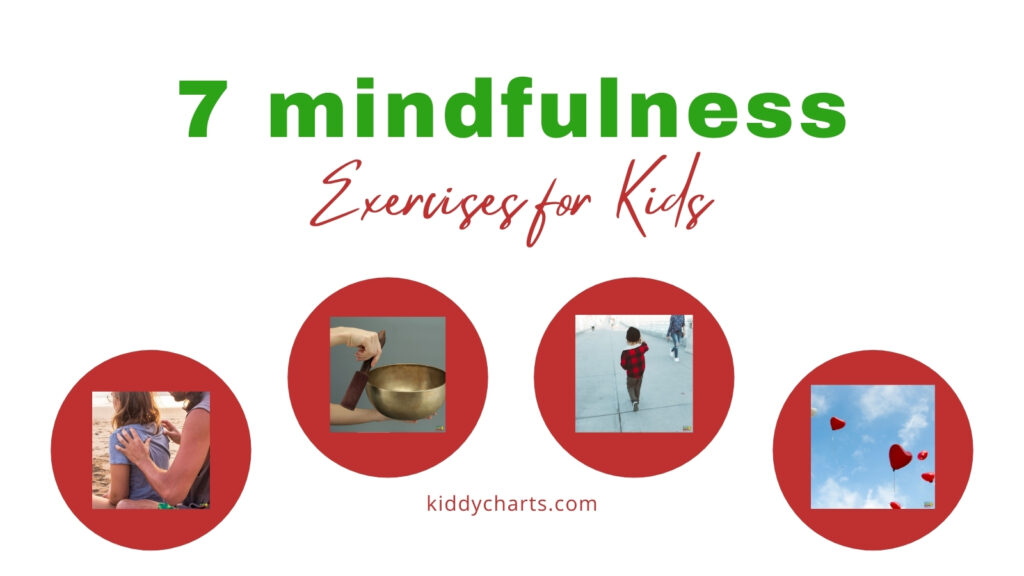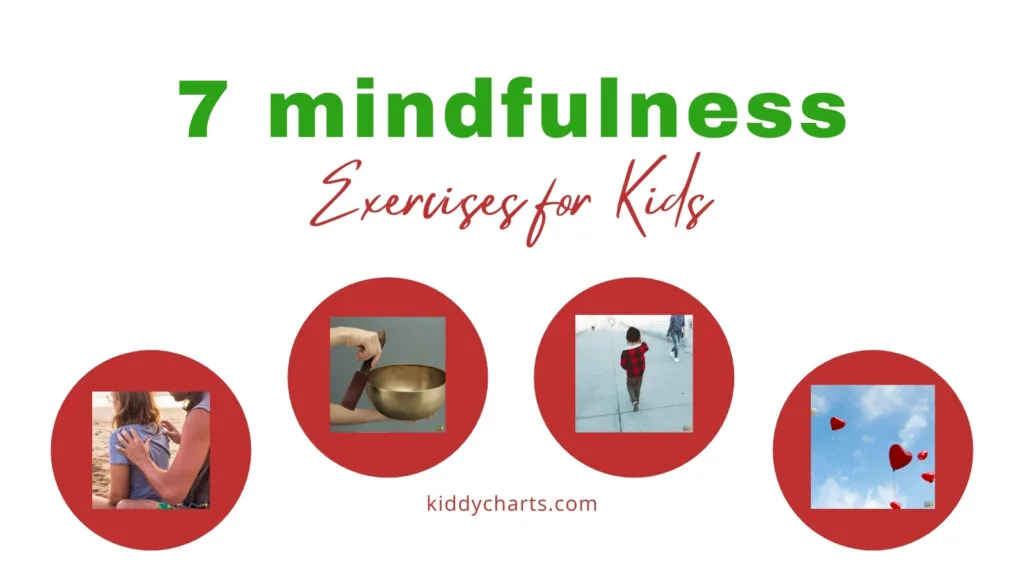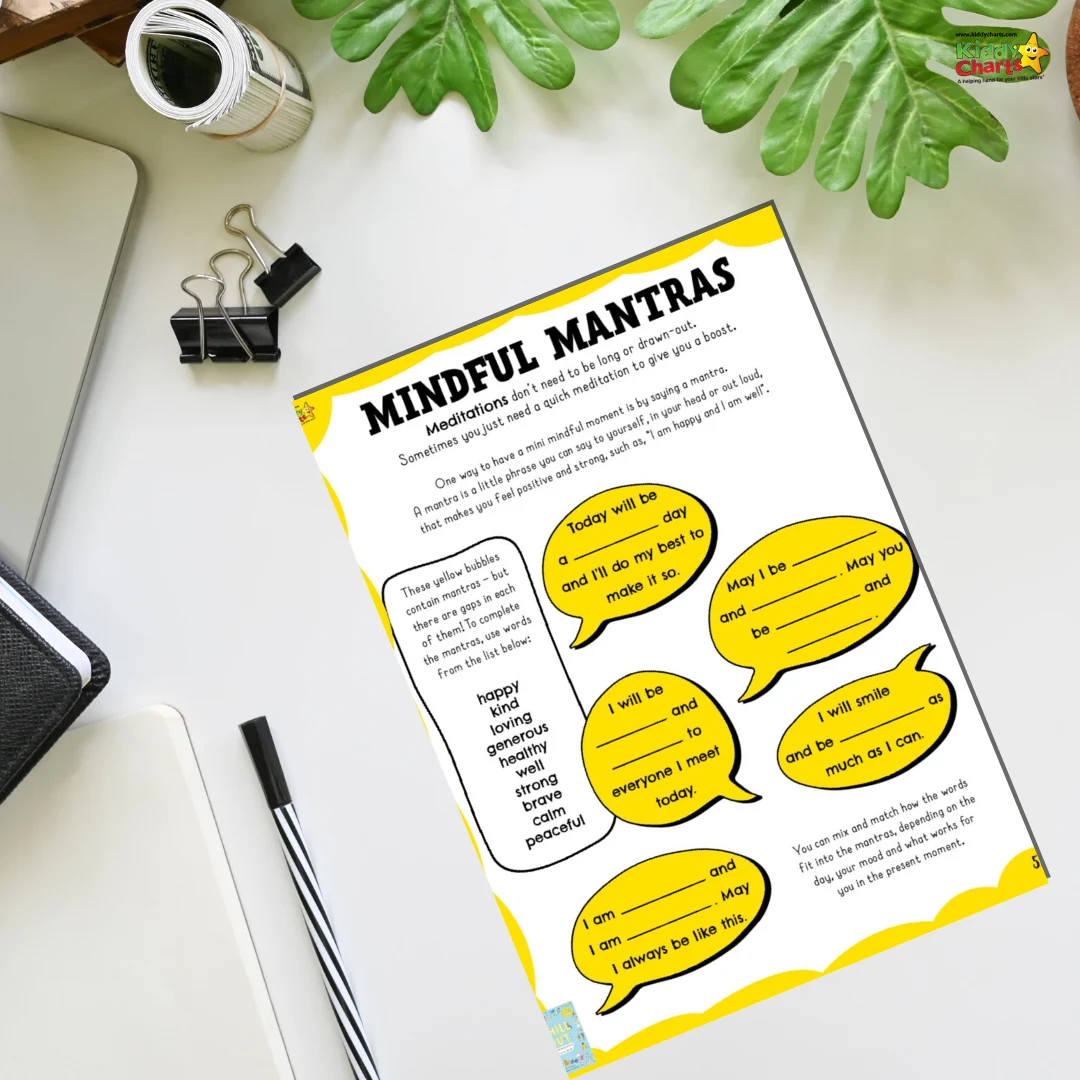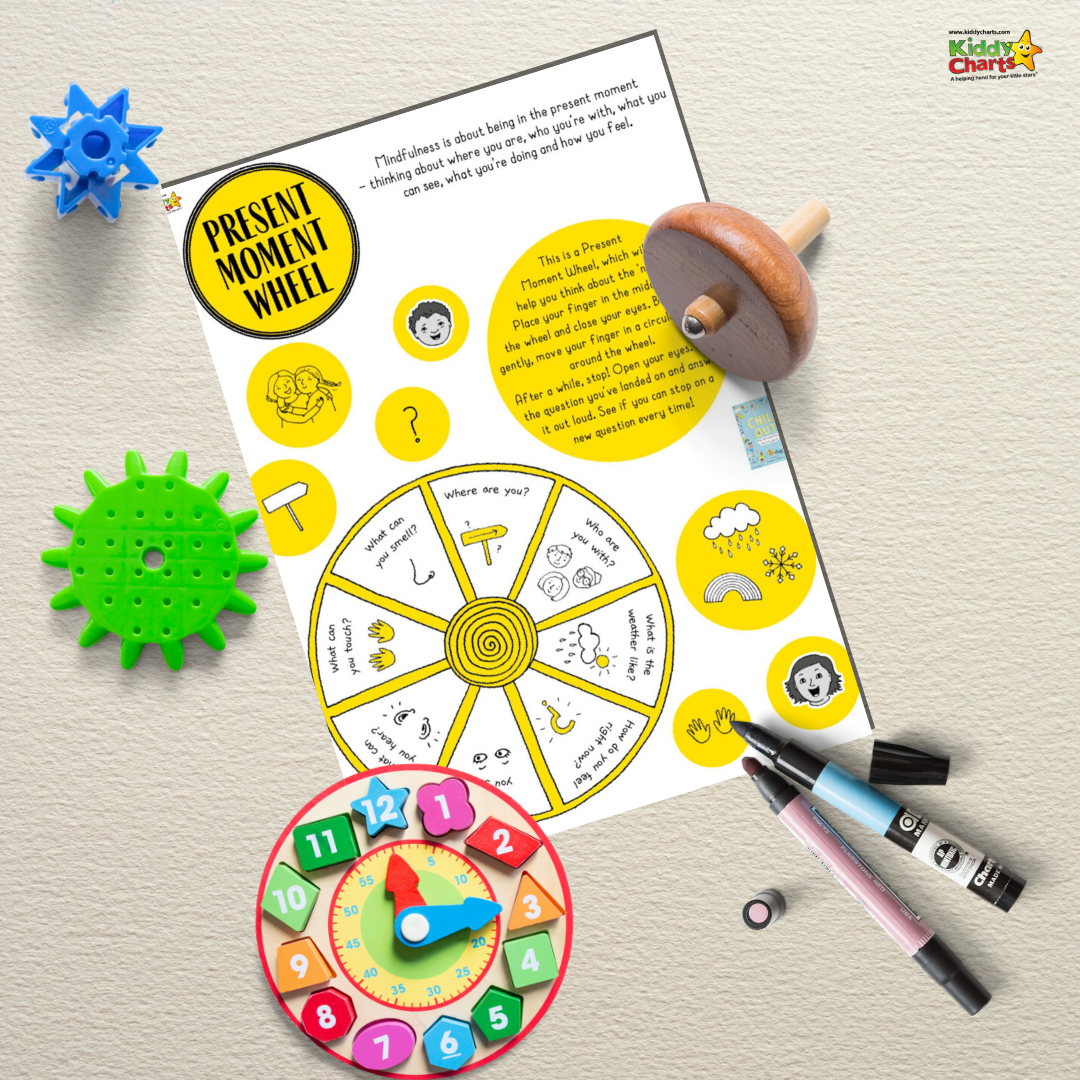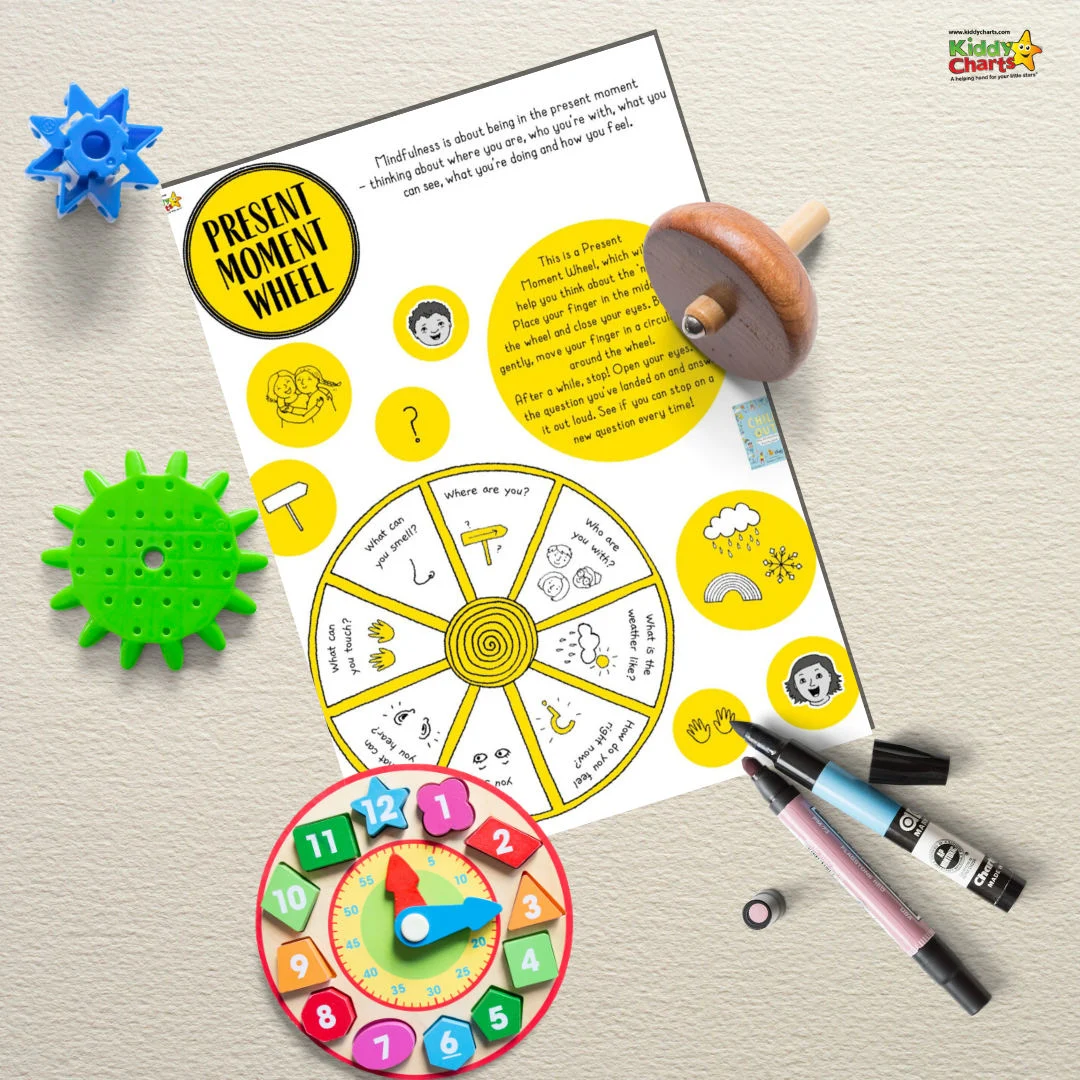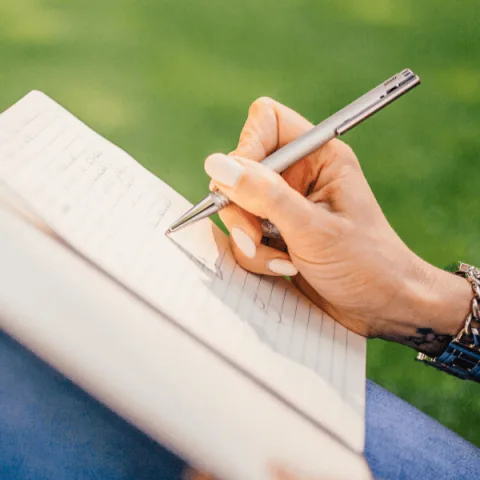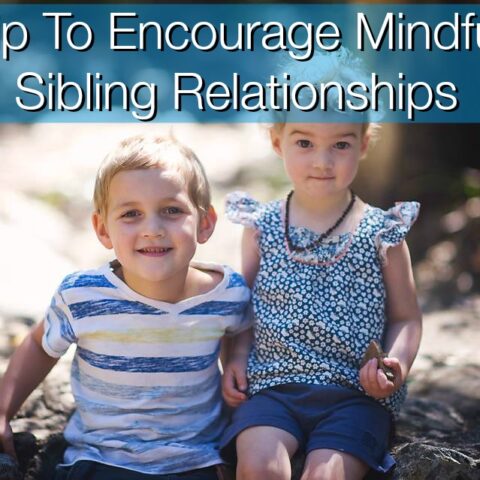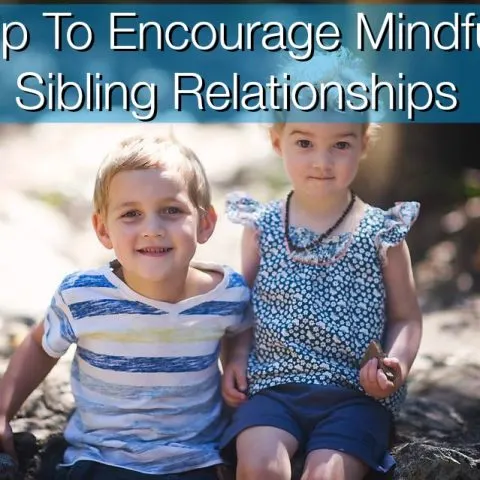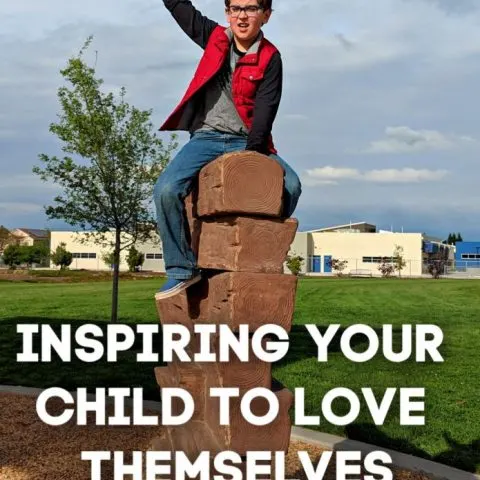Mindfulness exercises can help children and adults alike to better manage overwhelming thoughts, emotions and body sensations. Recently there has been a surge in mindfulness education and practice in schools, as evidence suggests that lessons on techniques to calm the mind and body can significantly reduce the undesired impact of stress on students, as well as improve focus and behaviour.
Mindfulness not only improves student experiences in an education setting, but is also a valuable life-long skill that can be taught, practiced and encouraged at home. If your child is experiencing stress or anxiety or you would like to help them learn a skill that will assist them in managing these feelings in the future, then these simple mindfulness exercises below are a great way to introduce your child to the practice of mindfulness. Various studies have indeed shown that for most people, regular mindfulness practice can have a significant positive impact on day-to-day life.
This is a collaborative post.
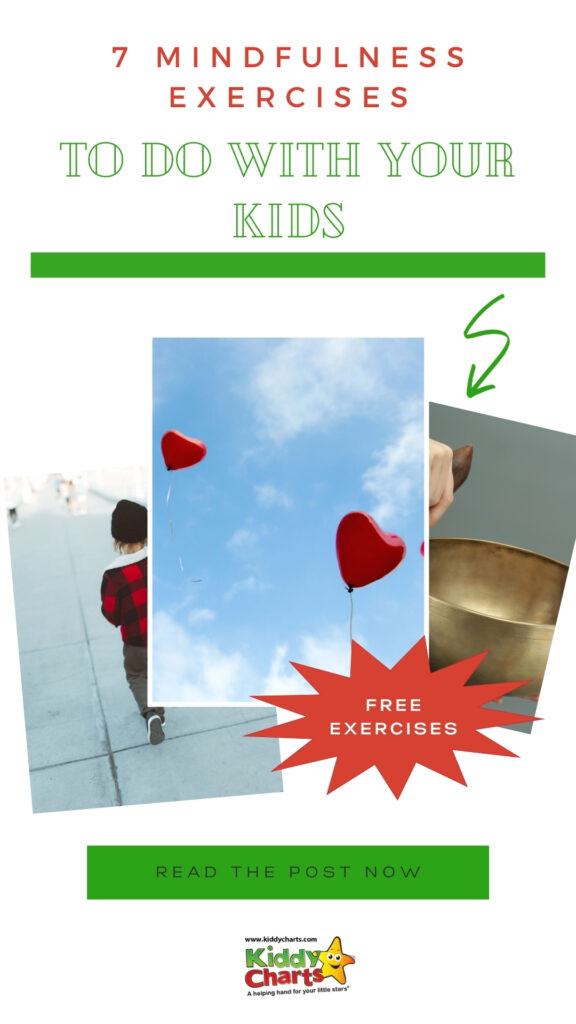

What is mindfulness?


Mindfulness is the basic human ability to be fully present. When we practice mindfulness, our attention tunes into what we’re sensing (what we can feel, taste, see, hear, smell and see) in the present moment, as opposed to ruminating about the past or worrying about the future. Being present involves being aware of where we are and what we’re doing in the here-and-now, without being unhelpfully reactive or overwhelmed by what’s going on around us.
A key aspect of mindfulness is also acceptance. Acceptance in this context means to notice our thoughts and feelings without judging them.
Mindfulness is a quality and ability that humans already possess, but unfortunately we’re not always able to access that ability. Learning and practicing mindfulness exercises and techniques at a young age can help young people access this natural ability and enhance their mindfulness skills to support them throughout their lives.
How can mindfulness exercises help your child?
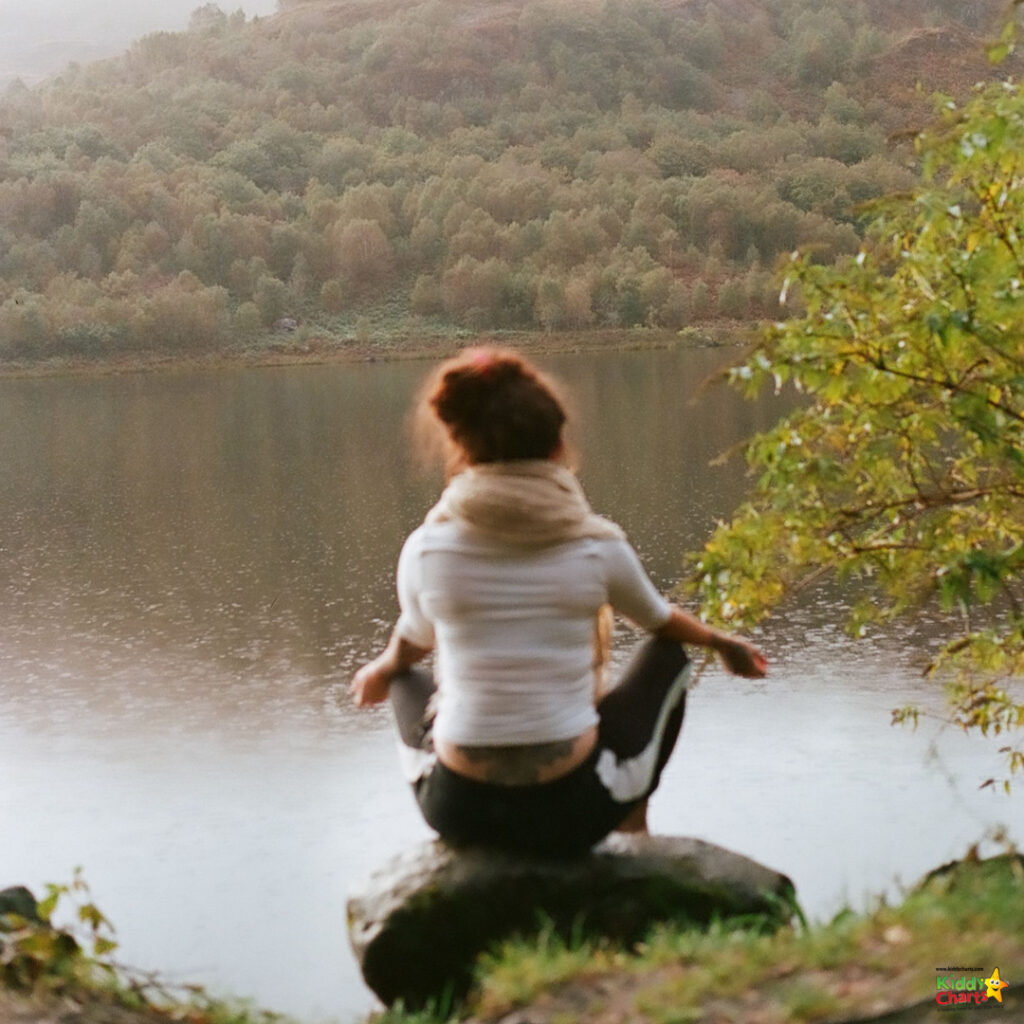
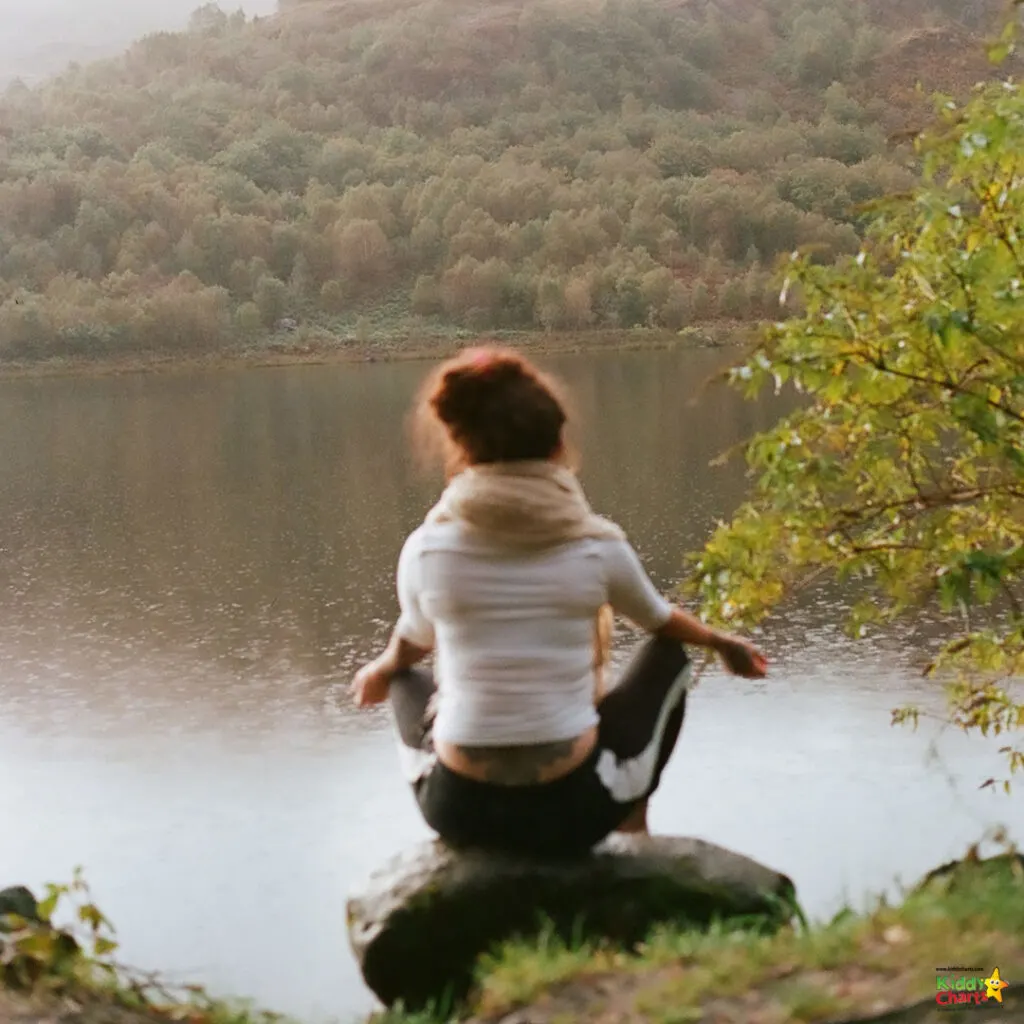
As aforementioned, mindfulness doesn’t only help children in the short-term, but can help them build lifelong strengths. Mindfulness can help your child to focus by teaching them to simply notice their thoughts and bring their attention back to the present moment using their senses. Catching the thought in this way and refocusing their attention can help them better manage their reactions and build a sense of self-control.
Mindfulness works extremely well with children of all abilities and conditions, be that neuro-typically developing children, children on the autism spectrum or those with ADHD. Mindfulness can also help children with co-morbid symptoms such as anxiety, depression and sleep difficulties.
Autism in children can present with symptoms such emotional dysregulation, difficulty focusing attention and trouble with managing some behaviours. By practicing mindfulness, decision making, emotion management and attention can all be improved, according to researchers.
Similarly, mindfulness can also be useful to help manage ADHD in children. Difficulty focusing attention is a key symptom of ADHD and can be improved with regular breathing exercises and focus-based meditation. According to a 2017 survey by ADDitude magazine, 40% of ADHD adults would recommend meditative techniques for improving symptoms. Introducing children to these practices from a young age could be extremely beneficial as they can become proficient in vital skills that will help them meet their full potential, despite living with a neurodevelopmental condition.
In children with ADHD, mindfulness can significantly improve difficulties with inattention, impulsivity and hyperactivity. If key areas such as these are managed at a very young age, this can be quite impactful on a child’s experience of their educational years, with the impact continuing into adulthood.
7 exercises you can try with your child today
1. Muscle Relaxation
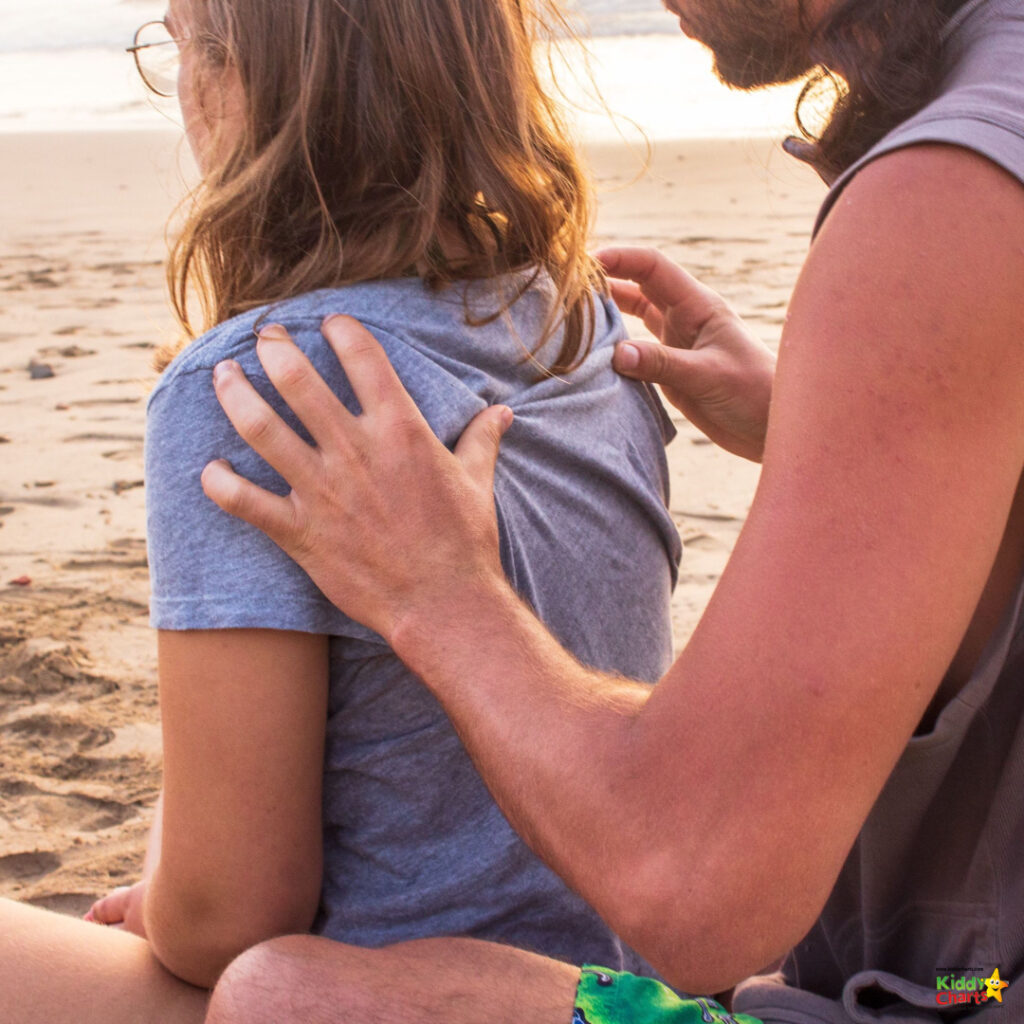
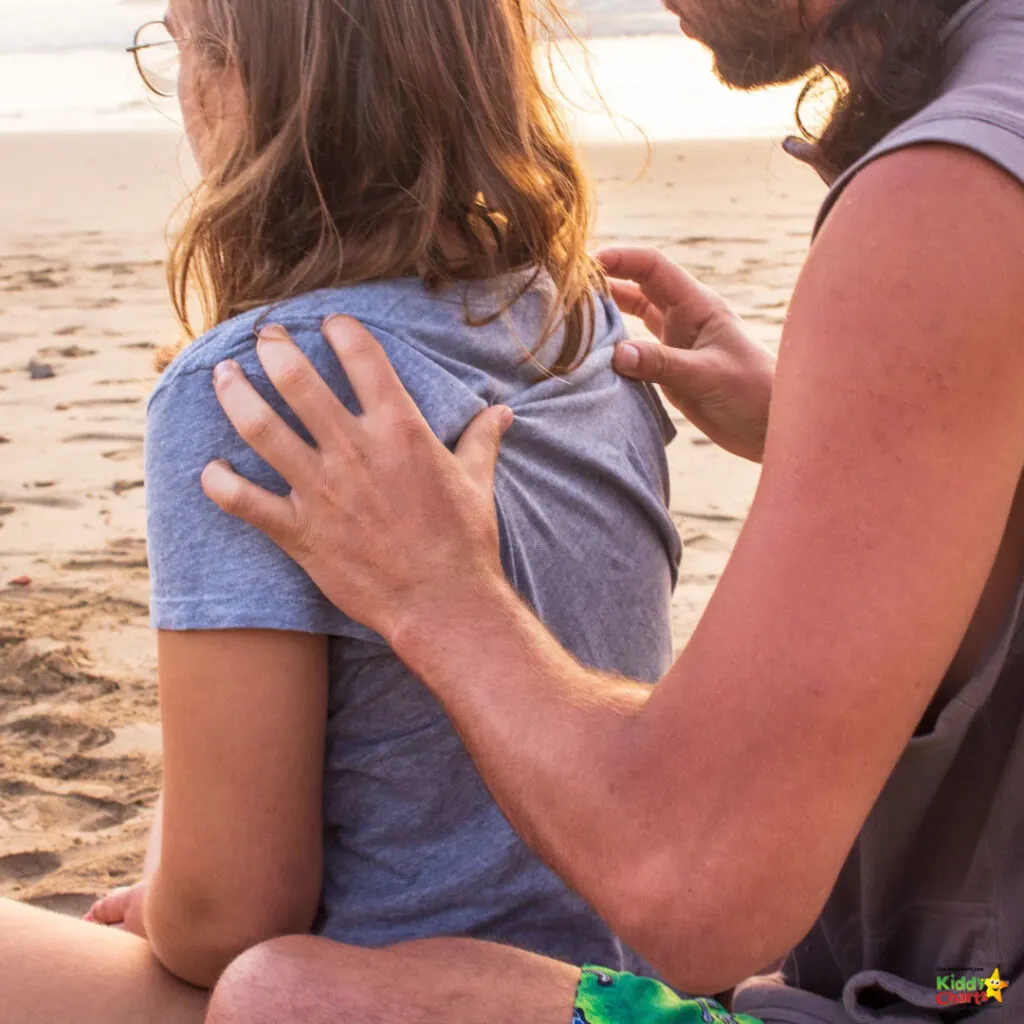
This is a great way to help children actively relax and become mindful of their bodies.
- Encourage your child to sit or lie in a comfortable position, away from distractions.
- Using a tense and release technique, encourage your child to bring their attention to their toes, tense for 3-5 seconds, hold for 1 second and then release.
- Guide your child to slowly work their way up their body, paying attention to every muscle, tensing, holding and releasing.
- Encourage your child to notice the feeling of releasing the tension.
As they move up their body, they should start to feel grounded and more aware of themselves, moving their attention away from unhelpful thoughts and feelings. At first it may be difficult for them to keep their concentration but this is very common. Encourage your child not to judge themselves if their attention floats away, but encourage themselves to notice and then gently bring their attention back to their body.
2. Heartbeat awareness and breathing


Breathing is the most commonly known mindfulness technique that can easily be taught to young children. By focusing on relaxed breathing, your child will move their attention away from what is bothering them or causing them anxiety and their body will go into a state of relaxation.
- Encourage your child to sit or lie down in a comfortable position.
- Guide them to take a deep, slow breath through their nose. It can be helpful to count slowly with them as they breathe or encourage them to count slowly in their head.
- Ask them to hold this breath for one second.
- Instruct your child to release their breath through their mouth in a slow and controlled manner.
- Repeat until they feel relaxed and calm.
You can also teach your child to practice heartbeat awareness for a more sensory experience.
- Instruct your child to do a quick burst of exercise, for example 20 star jumps.
- Ask your child to bring their attention to their heart beat, listening and connecting to the sensation they are experiencing.
As they connect and listen, they should begin to feel calm and grounded.
3. Creativity exercise


Getting creative is important at any stage of life, but for children in particular it can be a great way to be mindful. Encourage your child to paint, draw, build, bake or play – colouring or painting by numbers can be one of the most helpful ways to get started with mindful creativity, as it requires more focus and is relatively structured. Creative activities can be quite sensory, particularly if they involve finger painting, different shapes, surfaces and colours. Encourage your child to notice their senses and describe their sensory experience. This will encourage them to be in and enjoy the present moment.
4. Sound and music experiments


If your child enjoys listening to music, try creating playlists with them to suit different moods. If they are feeling down, plan an upbeat playlist with them. Encourage your child to think of what sounds and instruments they enjoy and improve their mood or even which songs remind them of happy memories and can bring about joy.
Other sound activities can include encouraging your child to notice the various layers of instruments, sounds and beats in a piece of music, shifting attention from one to another. Another game that they might enjoy is the silence game; ask your child to bring their attention to sounds around them. These may be a clock, the traffic, birds, an aeroplane, the sound of others talking or their own breathing.
5. Positive affirmations


Starting the day by bringing your attention to positive affirmations can have a significant impact on the mind and the body. Encourage your child to make an intention to be mindful, to simply notice their thoughts and to give themselves to move their attention away from them. Ask your child to positively affirm themselves, for example, by repeating ‘I am in control’, ‘I am smart’, ‘I am kind’, ‘I will have a good day’, etc. Positive affirmations can improve your child’s self-belief, performance, relationships and mood. Repeating positive affirmations at the beginning of each day is a great habit to develop, and can help your child feel more in touch with their emotions and in control of the kind of day they will have.
6. Walking adventures
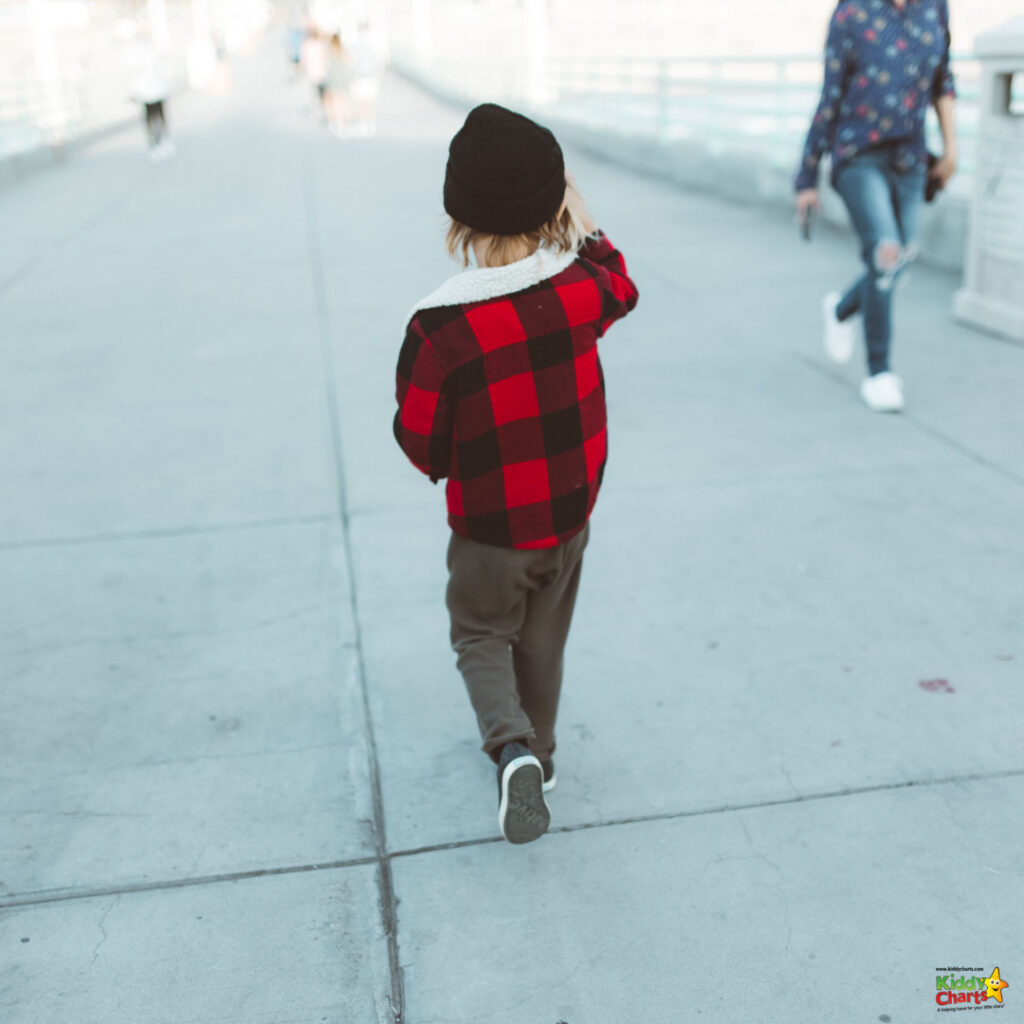
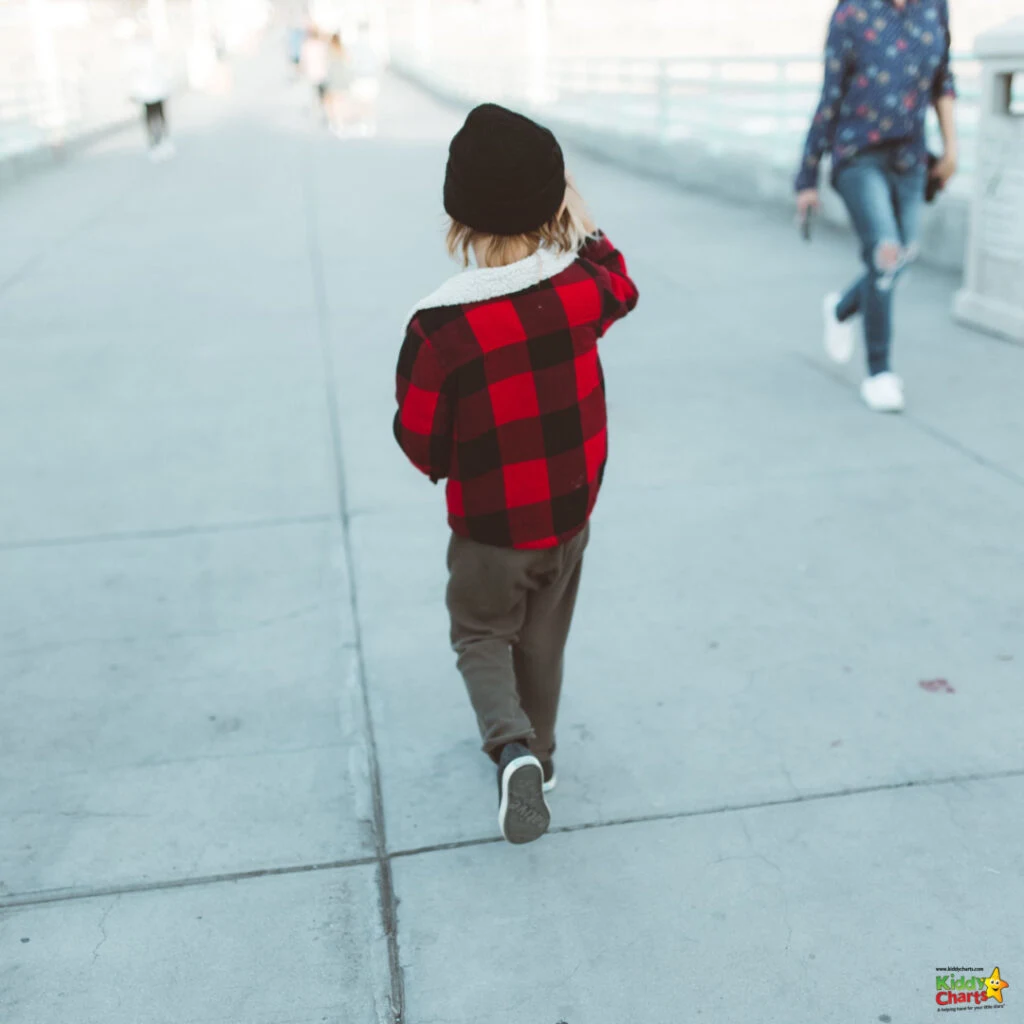
It’s no secret that children love to explore outside, and nowadays it’s more important than ever to take them away from glaring screens and encourage them to explore the great outdoors. Walking adventures can involve activities such as wildlife watching and exercising. Being outdoors can help to develop and maintain a state of awareness while also releasing endorphins through exercise.
7. Mindful eating
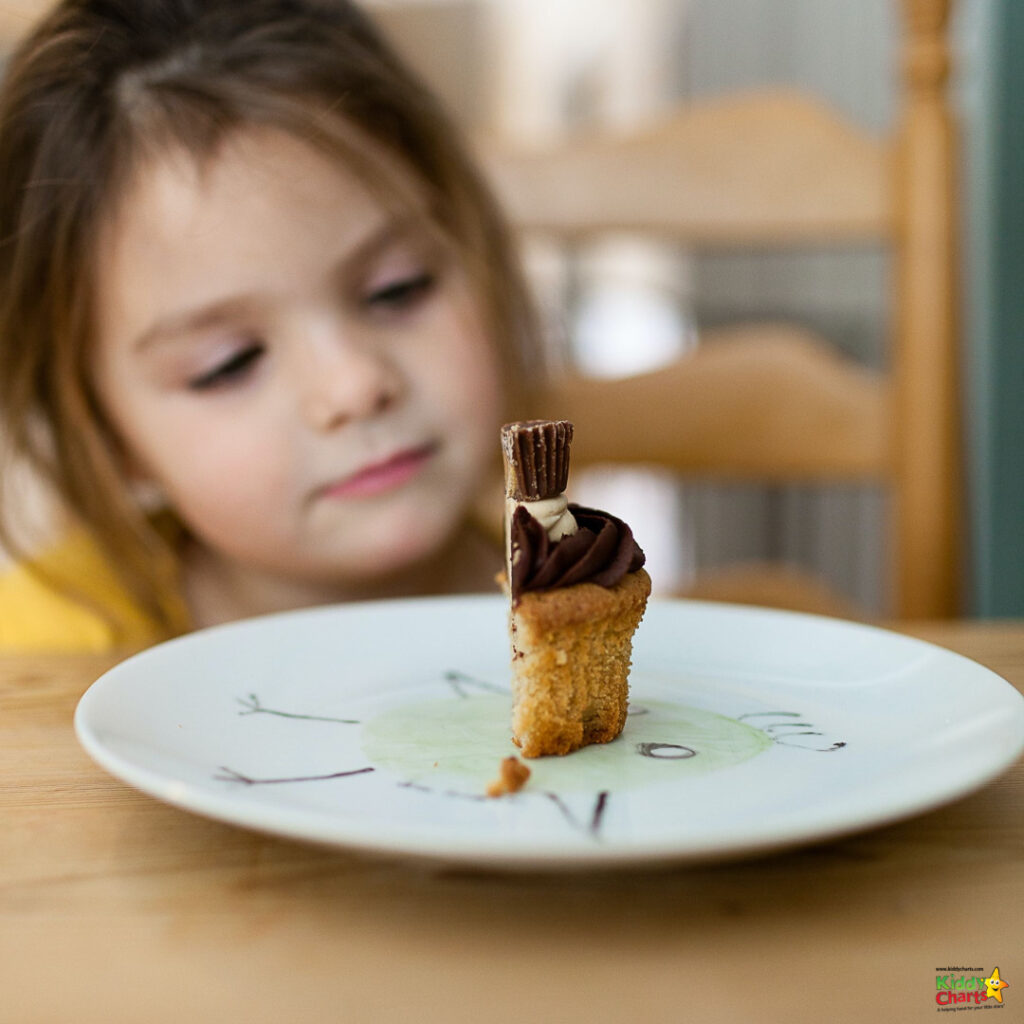
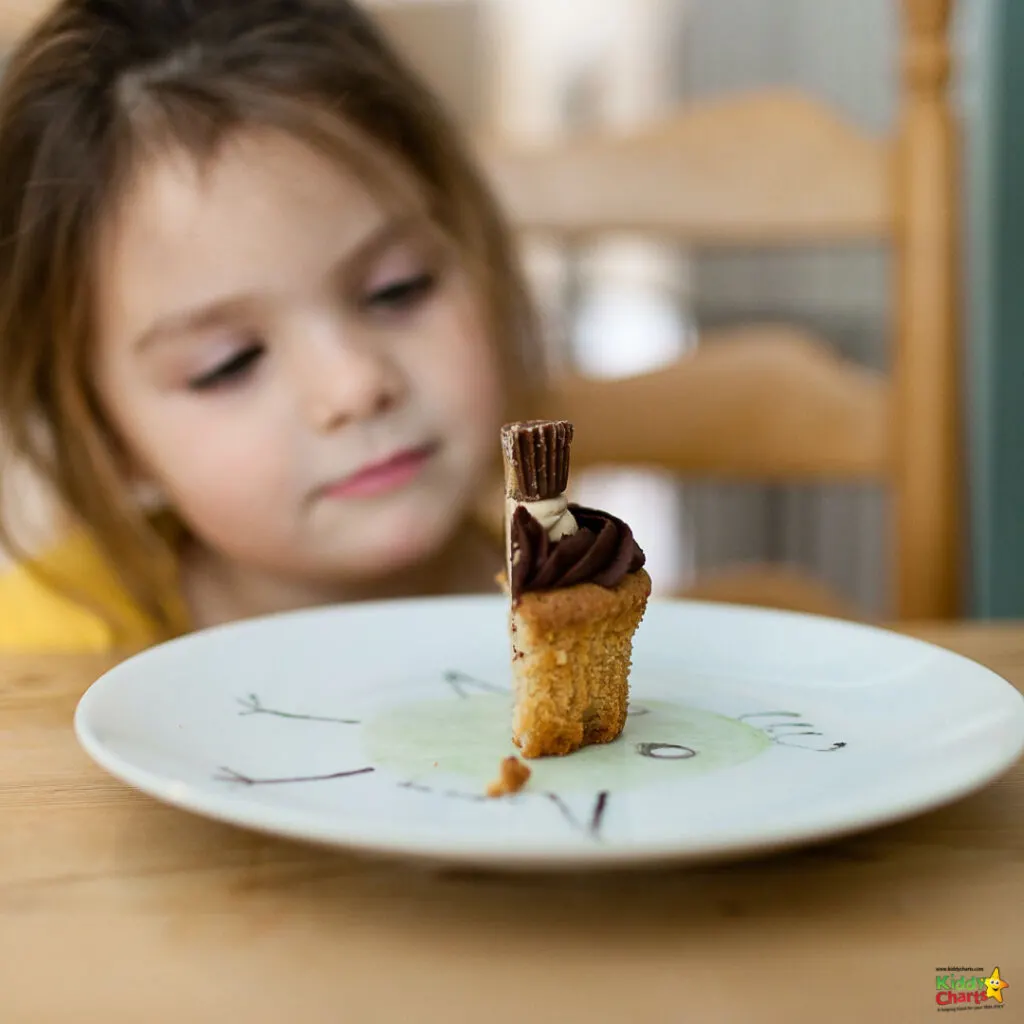
Often we tend to eat a whole meal whilst either talking to those around us, watching TV or thinking about something other than what we are eating. We can miss out on enjoying the flavours, textures and smells that come together to make a good meal. Eating mindfully can encourage your child to use a very simple, every-day activity to focus their attention in the present and let go of any unhelpful thoughts and anxieties.
Below is an example of an exercise that you can do with your child to teach them how to eat more mindfully. In the exercise, a grape is used as an example:
- Look at the grape in your hand. Notice its shape, colour and any bumps or contours.
- Roll it in your hand. Notice its texture, whether it is smooth or bumpy. Notice how it feels against your skin.
- Bring the grape to your nose. Notice what the grape smells like.
- Place the grape in your mouth. Before biting it, roll it around in your mouth and notice how it feels. Notice what begins to happen in your mouth as you move it around.
- Now bite into the grape, take your time with it. Notice how it feels to break the skin and experience the juices.
- Notice the flavour, the texture, and the juiciness as you chew each piece slowly. Take your time as you chew, taste, smell and feel each bite of the grape.
Children of all ages can experience various challenges, but by encouraging mindfulness exercises and practice, you’ll be able to help your child manage their thoughts, emotions and physical sensations, stopping them from becoming overwhelmed and improving their confidence in managing challenges in the future.
Thanks so much for reading this – we do have other articles on the site on mindfulness, so do check them out.
Mindfulness activity sheets for kids
We have a few activity sheets from Upside Down Books on the site - take a look at these, but search Mindfulness on KiddyCharts, or choose the heading from the Menu above to explore more.
How to help kids understand life better - mindfulness activity
A simple little activity to help children to understand their life and therefore help deal with it just that little bit better.
Complete the mandala mindful activity for kids
Getting our kids to focus and be more mindful by asking them to complete a Mandala and then colouring it in. Such a relaxing and focused activity.
Mindful mantras for kids free printables
Positive thoughts for kids to use to start the day - some mindful mantras for positive thinking.
How to calm kids with a present moment wheel
Using a present moment wheel to help calm children's thoughts and feelings.
These are great activities to try with your kids too. Why not try these mindfulness exercises as well?
Mindful activities for kids from other sites
Here are a few more ideas for you about mindful activities that your kids can do today.
50 Mindful Journal Prompts for Teens
Some prompts for the journal that you might now have from Upside Down Books - or just some general journaling ideas for your kids.
Tip To Encourage Mindful Sibling Relationships
Ideas for encouraging mindful sibling relationships - something that we struggle with a little in our family...so perhaps some of you do to?
Inspiring Your Child to Love Themselves
Helping your kids with their self-esteem is a great way to encourage them to be more mindful too. Why not check out this advice to help them?
Do sign up to our newsletter if you like what you see:
Thanks again, and we hope to see you soon; we’d love to hear how you got on this these mindfulness exercises too.
Helen and Mavish
Mavish Sikander is a BABCP Accredited Cognitive Behavioural and EMDR Therapist with years’ experience helping clients manage anxiety, depression, phobias and low self-esteem. Mavish’s innate compassion and empathy led her to a career in psychotherapy. She now practices with Psymplicity, a boutique Harley Street psychiatry clinic.
